Yet another new machine from THIOT INGENIERIE: Direct Split-Hopkinson Tensile Bar (SHTB), designed to meet the needs of universities, research centres and manufacturers. This system is used for tensile tests to determine the behaviour of materials over a very wide range of temperatures (from -150 to +800°C), at high strain rates (up to 2500 s-1) and with a stress rise time of less than 30 µs. Baptiste BAUGIN, the engineer in charge of the project, tells us more…
In concrete terms, what can Split-Hopkinson Tensile Bar be used for?
Baptiste BAUGIN :”Let’s take the example of an aircraft turbojet engine where the turbine section is subjected to temperatures that can exceed 1000°C. In the event of a blade-off, the ejected part can impact the outer casing at high speed. Understanding the behaviour of the material concerned at operating speeds and temperatures is therefore essential in order to define the engine’s protective components. The applications are not limited to aeronautics, and can be extended to sectors such as the automotive, armament and civil engineering industries.”
What is the principle of your SHTB?
B. B. :”The aim is to deform a tensile test specimen at high speed. A tensile wave is generated by a bar called the “preload” bar and is propagated through the input and output bars between which the specimen is situated. The preload bar is blocked at one end, and then placed under tension by pulling on the other end. The fixed end is then released very rapidly, producing a wave which is propagated through the bars to the specimen. This will generate three waves: the incident wave which will reach the specimen, the transmitted wave which will pass through the specimen, and the reflected wave which will come back to the input bar. The signals delivered by the strain gauges placed on each bar will be analysed, enabling all the useful information to be fed back (stress, strain rate, etc.).”
Why didn’t you simply develop a hydraulic system equipped with actuators?
B. B. :”Such a system would only allow low strain rates of about 100 s-1 at the most to be achieved. With our tensile bars, our customers will be able to target rates of up to 2500 s-1. It is vital to be able to reach these levels, as the behaviour and strength of a material can be highly dependent on the strain rate.”
What are the benefits of the SHTB designed by THIOT INGENIERIE?
B. B. :”Compared with the existing impact-tensile testing systems, our Hopkinson bars stand out by the quality of the signals obtained. They are robust and do not require a compressed air supply. The fact that there is no gas gun guarantees operating reliability and optimal operator safety, which is particularly important in the university environment. Risks of failure are also considerably reduced, enabling our customers to test numerous materials under optimum conditions. They are also delivered with a dedicated plug&play acquisition system.
“Furthermore, we have developed an effective and intuitive software program which automatically analyses the signals. The post-processing step then analyses the change in the strain rate and plots a behaviour curve (stress as a function of strain). Moreover, this software stands out through its test prediction and dimensioning module, which ensures rapid convergence towards optimum test conditions.”
What types of material can be tested with this test equipment?
B. B. :”All types of material such as metals, composites, polymers, 3D foam, etc. can be tested. The material of the bars will vary according to the tested material. Firstly the customer indicates the type of material they wish to study, the desired strain rates and test temperatures, then we design a tailored system. Different sets of bars will be provided so that the customer can perform tests on a very wide range of materials.”
Why are these direct-tensile test bars so widely acclaimed compared with indirect tensile test systems?
B. B. :”Indirect tensile tests are carried out with compression bars, with a fixture placed between the two bars. However, this system has two major drawbacks. Firstly, the specimen is not visible, therefore it cannot be filmed or heated, and yet being able to take the temperature effect into account is essential in material behaviour tests. The second drawback stems from the fact that the specimen will undergo some compression before the tensile stress is applied. With our system, the stress is pure and the specimen is only subjected to a tensile force from start to finish.”
THIOT INGENIERIE ALSO HAS ITS OWN LABORATORY
THIOT INGENIERIE designs, manufactures and delivers SHBP, SHTB, along with other fast dynamic test equipment.
The company also has a Shock Physics laboratory and its own Hopkinson bars, which our experts can use to perform the tests you require.
Please do not hesitate to contact us for any further information.
